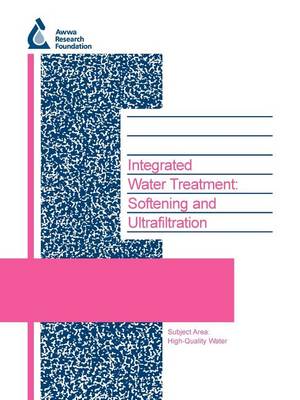Water Research Foundation Report
2 total works
Performance Modification via Membrane Stretching
by D. Lloyd, D. Lawler, J. Morehouse, L. Worrel, and L. Shimko
Published 19 May 2007
The objective of this research was to study the effects of uniaxial stretching on the structure of microporous membranes (especially the aspect ratio of the pores) and on the performance of these membranes as measured in terms of flux and particle rejection. The hypothesis of this research was that by stretching microporous membranes, their performance could be improved. Stretching a membrane was expected to elongate pores and change their aspect ratio (ratio of the lengths of the pore major axis and minor axis.)
This research provides the water industry and other separations industries, and the membrane manufacturers that supply these industries, with new options for membranes. Stretched membranes might improve substantially the tradeoffs among flux, permeate quality, fouling, and pressure that characterize membrane performance. This research could lead to substantial reductions in capital costs for separations processes by reducing the required membrane area for a given process.
This research provides the water industry and other separations industries, and the membrane manufacturers that supply these industries, with new options for membranes. Stretched membranes might improve substantially the tradeoffs among flux, permeate quality, fouling, and pressure that characterize membrane performance. This research could lead to substantial reductions in capital costs for separations processes by reducing the required membrane area for a given process.
The biggest impediment for applying membrane processes is fouling from natural organic matter (NOM) and particles. Fouling reduces the flux through membranes, increasing both the capital and operating costs. Softening is traditionally designed to remove hardness ions in hard waters, but it also has the capability to remove particles and organic matter. However, virtually no effort has been directed toward using softening as a pretreatment before membrane processes. This research was designed to fill that gap. The following are highlights from the project: Organic matter, i.e., natural organic matter or a simple organic component used as a NOM surrogate, is the most detrimental foulant on the membrane process. Three softening conditions were defined: standard softening (the smallest lime dose to achieve minimum calcium concentration), enhanced softening (the highest lime dose before massive precipitation of magnesium hydroxide), and magnesium softening (the lime dose that precipitates more than 90% of the magnesium. Magnesium softening was capable of dramatically reducing the fouling by all waters tested, but enhanced softening was almost as good for most waters and would generally be sufficient. Originally published by AwwaRF for its subscribers in 2003

